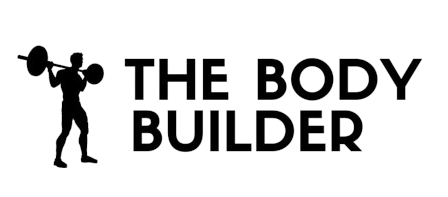Leverage Deadlift
The Leverage Deadlift is a compound exercise that works the entire body, emphasizing the glutes, hamstrings, and lower back. It is performed by positioning oneself between the handles of a weighted bar, and using the hips and knees to drive the bar upwards. The bar is then returned to the starting position, keeping the arms straight throughout the movement and the shoulders back at the end. The Leverage Deadlift is an effective exercise for developing strength and power in the lower body.
Type:
Strength
Muscles Used:
Quadriceps
Level:
Beginner
Equipment:
Machine
Benefits Of This Exercise
- Develops strength and power in the lower body
- Works the entire body, with emphasis on the glutes, hamstrings, and lower back
- Improves coordination and balance
- Increases core stability and overall muscular endurance
- Enhances flexibility of the hips and ankles
- Can be performed with a variety of weights and intensities to suit individual needs
- Improves posture and helps to prevent lower back injuries
Step by Step Instructions For Leverage Deadlift
- Begin by loading the pins with an appropriate weight.
- Position yourself directly between the handles of the machine.
- Grasp the bottom handles with a comfortable grip.
- Lower your hips as you take a breath, keeping your head forward and chest up.
- This is your starting position.
- Drive through the floor with your heels, extending your hips and knees.
- Rise to a standing position while keeping your arms straight.
- Finish the movement with your shoulders back.
- Return the weight to the starting position.
Warm Up Tips
- Start with a light weight to warm up your muscles and prepare them for the exercise.
- Stand with your feet shoulder-width apart and position yourself directly between the handles of the bar.
- Grasp the bottom handles of the bar with a comfortable grip.
- Lower your hips as you take a breath, keeping your head forward and chest up.
- Drive through the floor with your heels to extend your hips and knees, rising to a standing position.
- Keep your arms straight throughout the movement, finishing with your shoulders back.
- Return the weight to the starting position, maintaining control and stability.
- Repeat the exercise for the desired number of repetitions.
- Remember to breathe properly and engage your core muscles throughout the movement.
- Gradually increase the weight as you become more comfortable and confident with the exercise.
- Listen to your body and stop immediately if you experience any pain or discomfort.
Leverage Deadlift Safety Tips
- Ensure that the pins are loaded with an appropriate weight before starting the exercise.
- Position yourself directly between the handles of the bar and grasp the bottom handles with a comfortable grip.
- Lower your hips as you take a breath, and keep your head looking forward with your chest up. This will be your starting position.
- As you begin the movement, drive through the floor with your heels, extending your hips and knees to rise to a standing position.
- Throughout the exercise, keep your arms straight and finish with your shoulders back.
- Make sure to maintain proper form and technique throughout the exercise to prevent injury.
- Once you have completed the movement, carefully return the weight to the starting position.
- Listen to your body and stop the exercise if you experience any pain or discomfort.
- Consult with a fitness professional or trainer to ensure you are using the correct form and technique for the Leverage Deadlift.
- Start with lighter weights and gradually increase the load as you become more comfortable and confident with the exercise.
Incorporating Into Other Workouts
The Leverage Deadlift can be incorporated into workouts in a variety of ways to target different muscle groups and achieve specific fitness goals. Here are a few examples:
1. Lower Body Strength: Include the Leverage Deadlift as a primary exercise in your leg day routine. Perform 3-4 sets of 8-10 repetitions, focusing on heavy weights and proper form. This will help build strength and muscle in the glutes, hamstrings, and lower back.
2. Full Body Power: Use the Leverage Deadlift as part of a circuit training workout to increase overall power and explosiveness. Combine it with other compound exercises like push-ups, kettlebell swings, and box jumps. Perform each exercise for a set amount of time (e.g., 30 seconds) and repeat the circuit for multiple rounds.
3. High-Intensity Interval Training (HIIT): Incorporate the Leverage Deadlift into a HIIT workout for a cardiovascular challenge. Alternate between sets of deadlifts and cardiovascular exercises such as burpees, mountain climbers, or jumping jacks. Perform each exercise for a specific duration (e.g., 30 seconds), and rest for a short period before moving to the next exercise.
4. Strength Endurance: Focus on increasing the endurance of your lower body muscles by performing higher repetitions of the Leverage Deadlift. Aim for 3-4 sets of 15-20 repetitions with lighter weights. This will help improve muscular endurance and stamina.
Remember, it's

